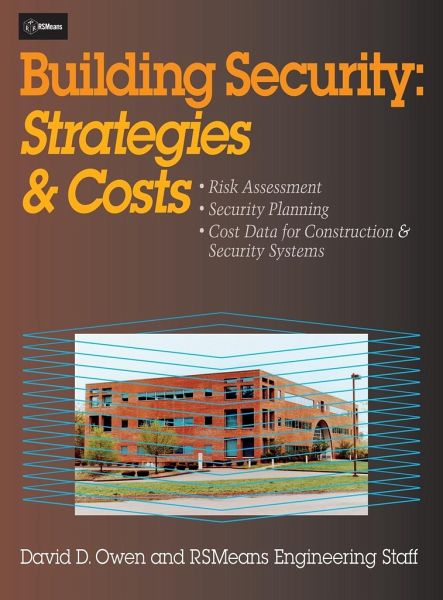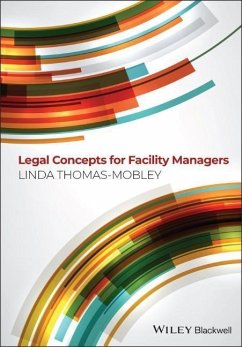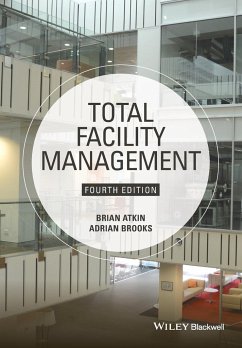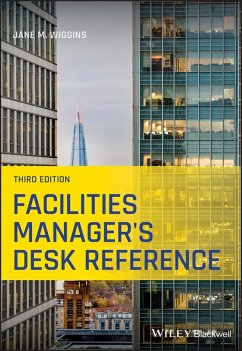
Building Security: Strategies & Costs
Versandkostenfrei!
Versandfertig in über 4 Wochen
96,99 €
inkl. MwSt.

PAYBACK Punkte
48 °P sammeln!
Theft, assault, corporate espionage, unauthorized systems access, terrorism, hurricanes and tornadoes, sabotage, vandalism, fire, explosions, and other threats... All are considerations as building owners, facility managers, and design and construction professionals seek ways to meet security needs. This comprehensive resource will help you evaluate your facility's security needs - and design and budget for the materials and devices needed to fulfill them. The text and cost data will help you to: * Identify threats, probability of occurrence, and the potential losses - to determine and address...
Theft, assault, corporate espionage, unauthorized systems access, terrorism, hurricanes and tornadoes, sabotage, vandalism, fire, explosions, and other threats... All are considerations as building owners, facility managers, and design and construction professionals seek ways to meet security needs. This comprehensive resource will help you evaluate your facility's security needs - and design and budget for the materials and devices needed to fulfill them. The text and cost data will help you to: * Identify threats, probability of occurrence, and the potential losses - to determine and address your real vulnerabilities. * Perform a detailed risk assessment of an existing facility, and prioritize and budget for security enhancement. * Evaluate and price security systems and construction solutions, so you can make cost-effective choices. * Design security into new construction or remodeling projects - and integrate it with other building systems. * Put effective crisis management and emergency response teams and plans in place. FEATURES: Includes: * Over 130 pages of sample Means Cost Data for installation of security systems and materials. * Review of more than 50 security devices and construction solutions - how they work, and how they compare. * Interactive Risk Assessment Matrix, downloadable from a dedicated website, which helps you determine your real vulnerability, and where your security dollars should be invested.






![Estimating Construction Costs [With CDROM] Cover Estimating Construction Costs [With CDROM]](https://bilder.buecher.de/produkte/26/26628/26628766n.jpg)







